Interior designing is the art and science of enhancing the interior of a space to achieve a healthier and more aesthetically pleasing environment for the people using it. It involves the selection and arrangement of furniture, color schemes, lighting, and other elements to create a functional and visually appealing space. Interior designing is important because it can greatly improve the functionality and aesthetics of a space, making it more comfortable and enjoyable to live or work in.
By carefully considering the needs and preferences of the people who will be using the space, interior designers can create a design that not only looks good but also meets their practical requirements. For example, in a residential setting, an interior designer may focus on creating a layout that maximizes storage space and promotes efficient use of the available area. In a commercial setting, an interior designer may focus on creating an environment that enhances productivity and reflects the brand image of the company.
Key Takeaways
- Interior designing involves creating functional and aesthetically pleasing spaces.
- Decorating basics include understanding scale, proportion, and balance.
- Color plays a crucial role in setting the mood and atmosphere of a space.
- A design plan should consider the purpose of the space, the users, and their needs.
- Furniture and accessories should be chosen based on their functionality and how they fit into the overall design scheme.
Understanding the Basics of Decorating and Interior Designing
While interior designing involves a broader scope of work, decorating is a subset of it. Decorating refers to the selection and arrangement of furniture, accessories, and decorative elements to enhance the visual appeal of a space. It is important to understand the basics of decorating before diving into interior designing because it lays the foundation for creating a cohesive and harmonious design.
Understanding the basics of decorating involves learning about color theory, furniture styles, and how to create balance and proportion in a space. By understanding these principles, you can make informed decisions about which elements to include in your design and how to arrange them in a way that creates visual interest and harmony.
The Importance of Color in Interior Designing
Color plays a crucial role in interior design as it can greatly affect the mood and atmosphere of a space. Different colors evoke different emotions and can have a significant impact on our psychological well-being. For example, warm colors like reds, oranges, and yellows are often associated with energy and excitement, while cool colors like blues and greens are associated with calmness and relaxation.
When choosing colors for your space, it is important to consider the function of the room and the desired mood you want to create. For example, if you want to create a peaceful and serene bedroom, you may opt for cool and soothing colors like blues and greens. On the other hand, if you want to create a vibrant and energetic living room, you may choose warm and bold colors like reds and oranges.
Creating a Design Plan for Your Space
| Step | Description |
|---|---|
| 1 | Assess the space and identify its purpose |
| 2 | Determine the budget for the project |
| 3 | Create a floor plan and layout |
| 4 | Select a color scheme and materials |
| 5 | Choose furniture and decor that fits the style and purpose of the space |
| 6 | Consider lighting and other functional elements |
| 7 | Review and revise the design plan as needed |
Before starting any interior designing project, it is important to have a design plan in place. A design plan serves as a roadmap for your project and helps ensure that all elements of the design work together harmoniously. It also helps you stay organized and focused throughout the process.
To create a design plan for your space, start by defining your goals and objectives. Consider the function of the room, the needs of the people using it, and any specific requirements or constraints you may have. Next, gather inspiration by looking at magazines, websites, or visiting showrooms to get ideas for colors, furniture styles, and layouts that you like.
Once you have a clear vision for your space, create a mood board or collage to visualize how different elements will come together. This can include images of furniture, color swatches, fabric samples, and other materials that you plan to use in your design. Finally, create a timeline and budget for your project to help keep you on track.
Choosing the Right Furniture and Accessories
Furniture and accessories play a crucial role in interior design as they can greatly enhance the overall look and feel of a space. When choosing furniture for your space, consider both style and functionality. Look for pieces that not only complement your design aesthetic but also meet your practical needs.
Consider the size of your space when selecting furniture. Oversized furniture can make a small room feel cramped, while small furniture in a large room can make it feel empty. Also, consider the layout and flow of the room. Arrange furniture in a way that promotes conversation and allows for easy movement.
Accessories such as rugs, curtains, artwork, and decorative objects can add personality and visual interest to your space. When choosing accessories, consider the color scheme and style of your design. Look for pieces that complement the overall aesthetic and create a cohesive look.
Lighting and Its Impact on Interior Designing

Lighting is an often overlooked but crucial element in interior design. It not only provides illumination but also sets the mood and atmosphere of a space. Proper lighting can enhance the functionality and aesthetics of a room, while poor lighting can make it feel dull and uninviting.
When choosing lighting for your space, consider both natural and artificial light sources. Natural light can create a sense of openness and connection to the outdoors, while artificial light can be used to highlight specific areas or create a certain ambiance.
To create a well-lit space, consider layering different types of lighting. This can include ambient lighting, which provides overall illumination; task lighting, which is focused on specific areas for tasks such as reading or cooking; and accent lighting, which is used to highlight architectural features or artwork.
Flooring and Wall Treatments for Your Space
Flooring and wall treatments are important elements in interior design as they can greatly impact the overall look and feel of a space. When choosing flooring for your space, consider both style and functionality. Look for materials that not only complement your design aesthetic but also meet your practical needs.
For example, in high-traffic areas such as entryways or kitchens, durable materials like tile or hardwood may be more suitable. In bedrooms or living rooms, softer materials like carpet or area rugs may provide more comfort.
Wall treatments such as paint, wallpaper, or textured finishes can add depth and visual interest to your space. When choosing wall treatments, consider the color scheme and style of your design. Look for options that complement the overall aesthetic and create a cohesive look.
Maximizing Storage and Organization in Your Design
Storage and organization are important considerations in interior design as they can greatly impact the functionality and livability of a space. Clutter can make a room feel chaotic and overwhelming, while proper storage solutions can help create a sense of order and calm.
When designing your space, consider the storage needs of the people using it. Look for furniture pieces that offer built-in storage, such as ottomans with hidden compartments or beds with drawers underneath. Consider using vertical space by installing shelves or cabinets on walls.
Incorporate organizational systems such as bins, baskets, or drawer dividers to keep items organized and easily accessible. Consider the flow of the room and how people will move through it. Create designated areas for specific activities or items to help keep things organized.
Incorporating Sustainable Design Elements
In today’s world, it is important to consider sustainability in interior design. Incorporating sustainable design elements not only helps reduce our impact on the environment but also creates healthier and more energy-efficient spaces.
When choosing materials for your space, look for options that are eco-friendly and made from renewable or recycled materials. Consider using low VOC (volatile organic compound) paints and finishes to improve indoor air quality. Look for furniture pieces that are made from sustainable materials or have been repurposed or upcycled.
Consider energy-efficient lighting options such as LED bulbs or fixtures with motion sensors. Install programmable thermostats to optimize energy usage. Incorporate natural elements such as plants or natural fibers to create a connection to nature.
Bringing Your Design Together with Finishing Touches and Decoration
Finishing touches and decoration are the final steps in bringing your interior design together. These elements add personality and character to your space and help create a cohesive and inviting environment.
Consider adding decorative objects such as vases, sculptures, or artwork that reflect your personal style and interests. Use textiles such as throw pillows, blankets, or curtains to add color and texture to your space. Consider adding plants or flowers to bring life and freshness to your design.
Pay attention to the small details such as hardware, trim, or molding. These elements can greatly enhance the overall look and feel of a space. Consider adding personal touches such as family photos or sentimental objects that make the space feel more personal and meaningful.
In conclusion, interior designing is an important process that can greatly improve the functionality and aesthetics of a space. By understanding the basics of decorating, considering the importance of color, creating a design plan, choosing the right furniture and accessories, paying attention to lighting, flooring, and wall treatments, maximizing storage and organization, incorporating sustainable design elements, and adding finishing touches and decoration, you can create a space that is not only visually appealing but also meets your practical needs. So why not start your own interior designing project today? With the tips provided in this article, you’ll be well on your way to creating a space that you love.
If you’re interested in interior design, you may also want to check out this informative article on how to calculate power requirements for modern tiny houses. Understanding the power needs of your space is crucial when designing an efficient and functional interior. This article provides valuable insights and tips on determining the power requirements for your tiny house, ensuring that you have the necessary electrical capacity to support all your appliances and devices. Learn more here.








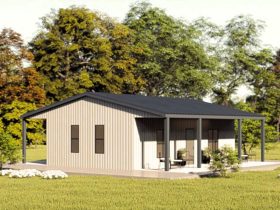

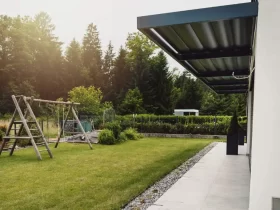
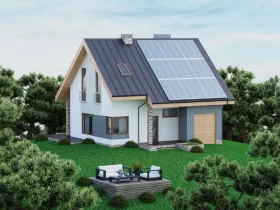
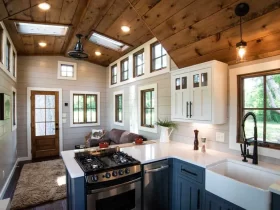
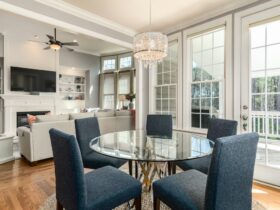
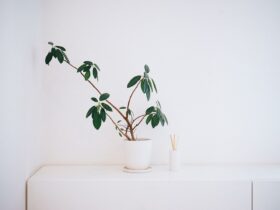


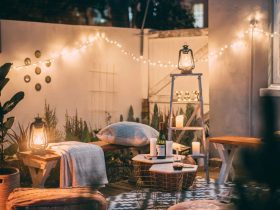

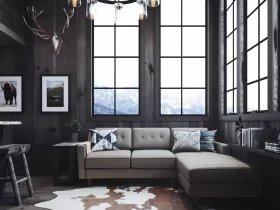
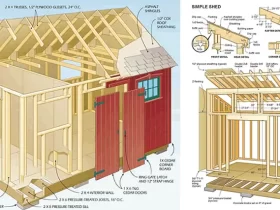
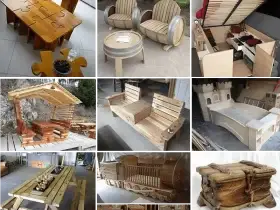

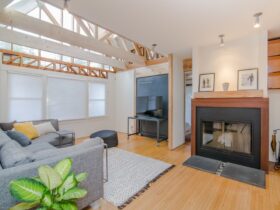
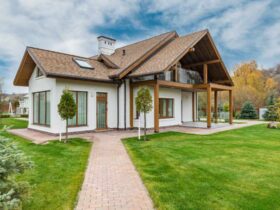
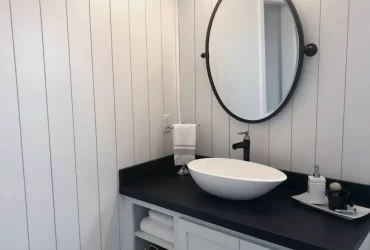
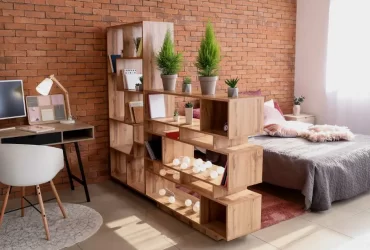
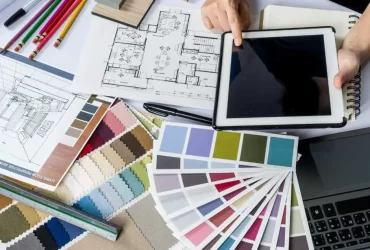
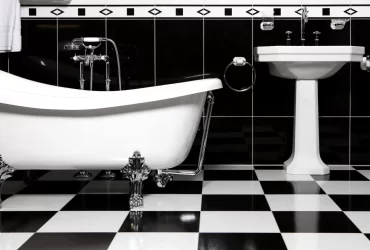
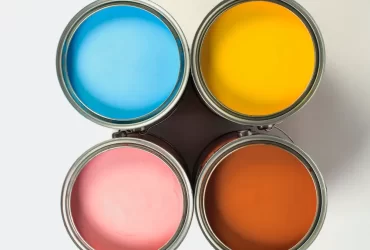
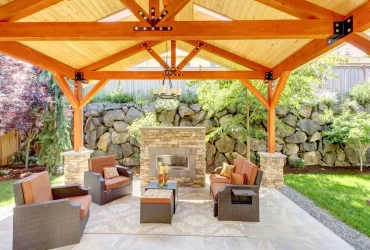
Leave a Reply